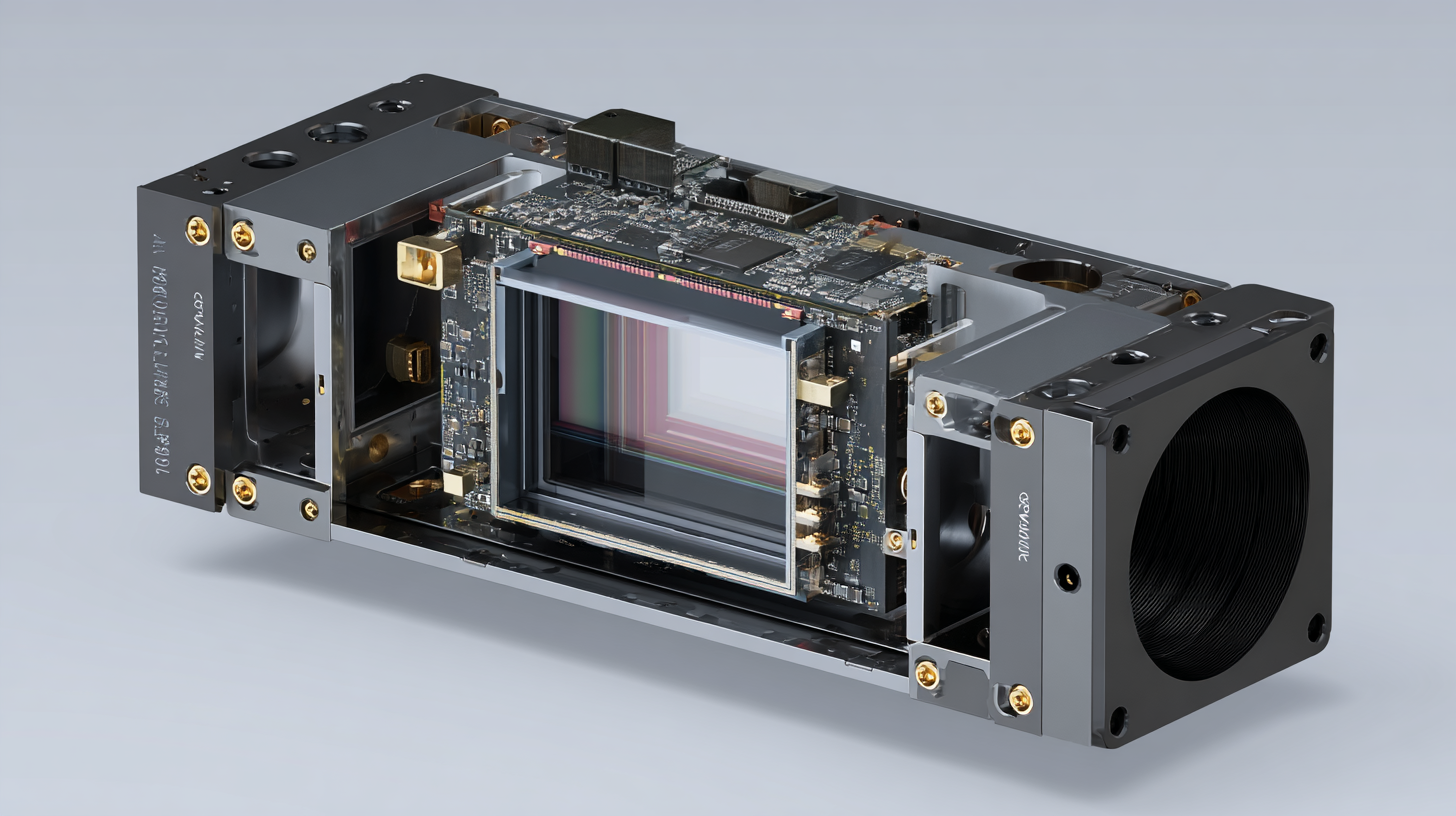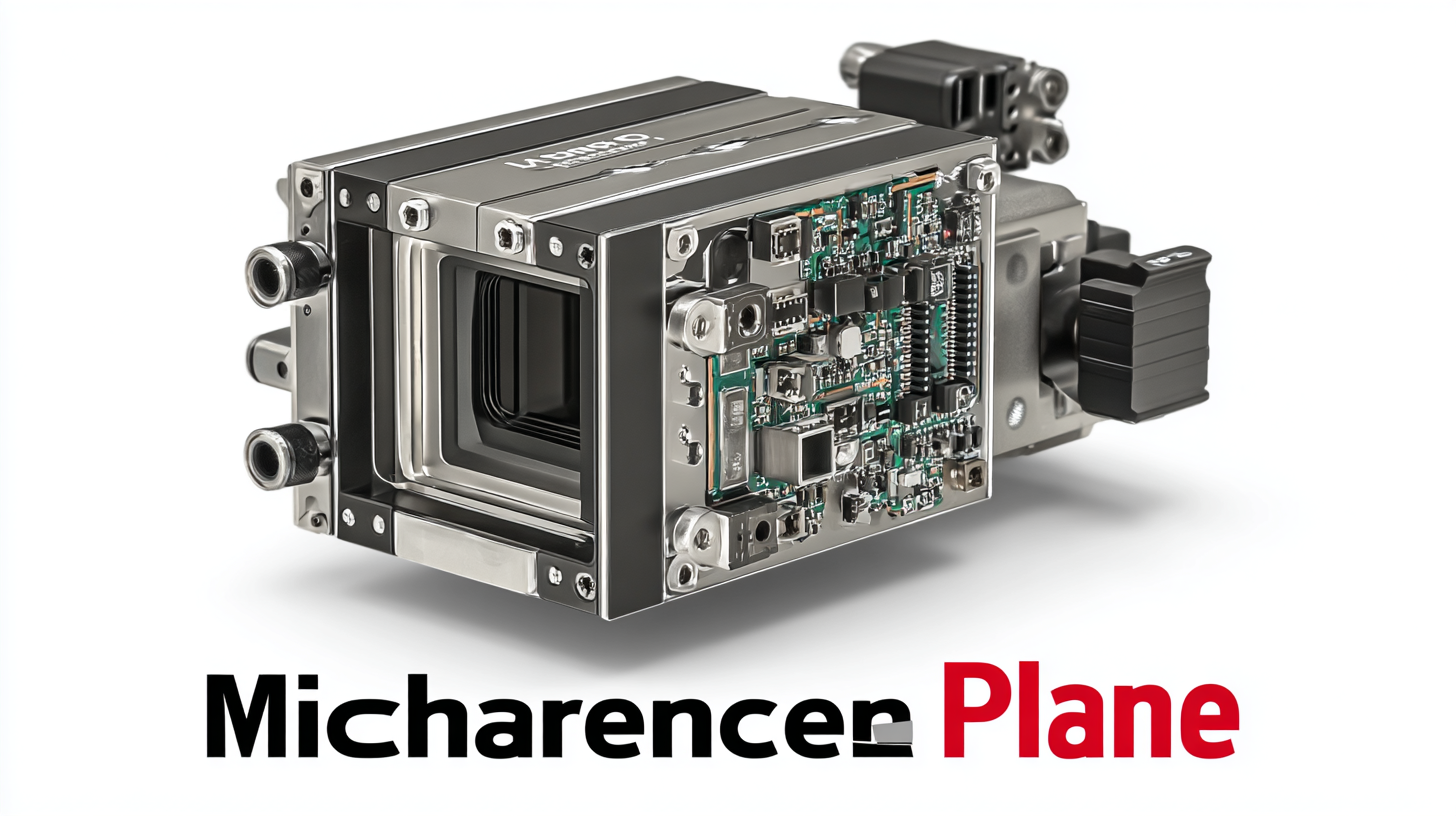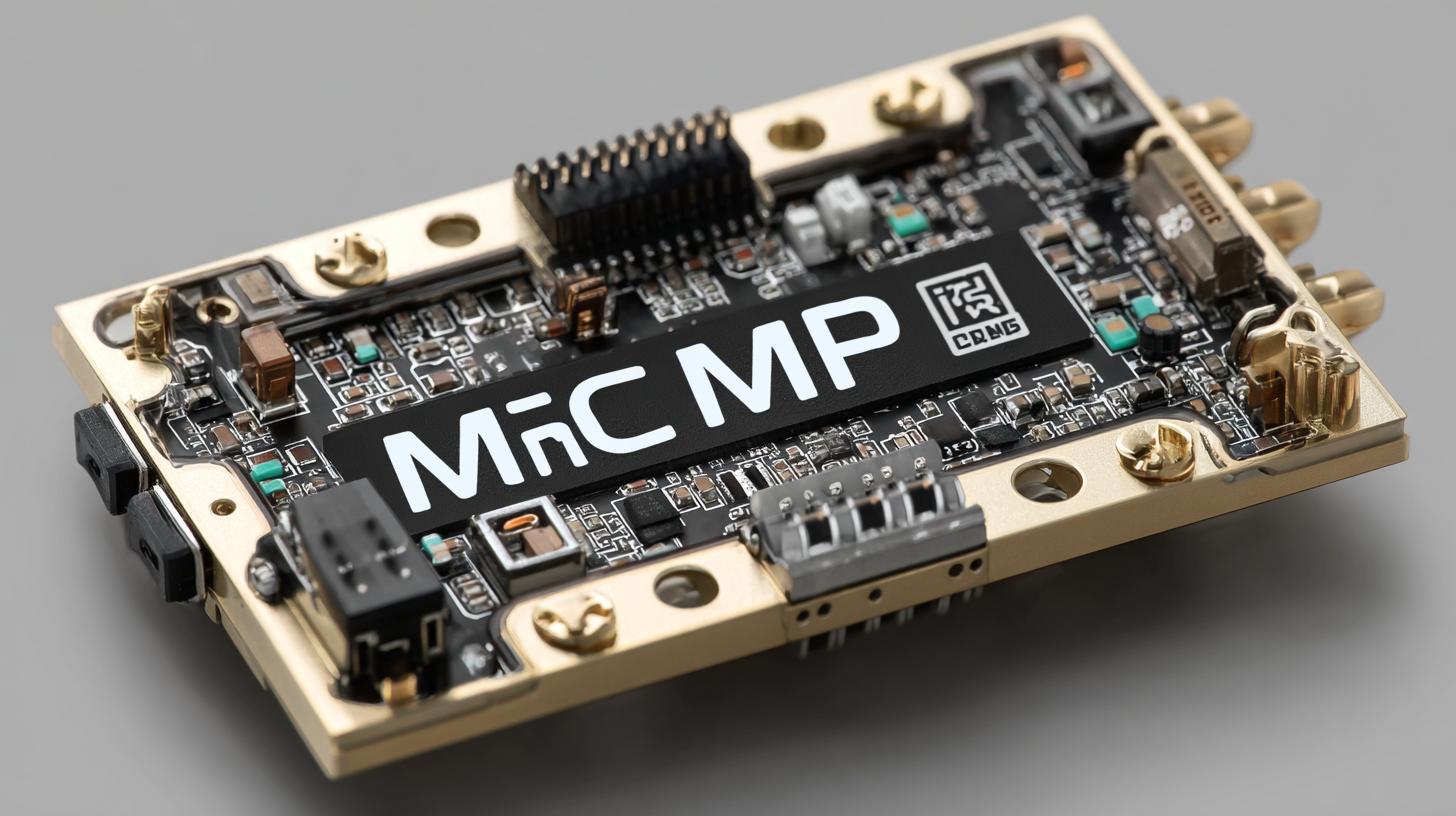Services
How to Select the Best Microchannel Plate Image Intensifier for Your Specific Needs
When it comes to selecting a Microchannel Plate Image Intensifier, making the right choice is crucial for optimizing performance and achieving specific imaging needs. These sophisticated devices have become indispensable in various fields, from scientific research to security applications, due to their ability to amplify low-light images with remarkable clarity and precision. As a globally trusted Chinese manufacturer, our products embody consistent quality and advanced technology, ensuring that users can rely on their durability and efficiency.

This blog aims to guide you through the essential factors to consider when choosing the best Microchannel Plate Image Intensifier, tailored to your unique requirements. By exploring the key features, specifications, and applications, we hope to empower you to make an informed decision that enhances your imaging capabilities.
Understanding Microchannel Plate Image Intensifiers and Their Applications
Microchannel Plate (MCP) image intensifiers are critical components in various imaging applications, ranging from scientific research to security systems. These sophisticated devices work by amplifying low levels of light into visible images, making them invaluable in situations where visibility is compromised, such as night-time surveillance or low-light astronomy. Understanding their underlying principles is essential for selecting a system that meets specific requirements, as MCPs operate by converting photons into electrons through a series of microchannels, thereby enhancing the brightness and resolution of the resulting image.
When considering the applications of MCP image intensifiers, it is important to evaluate the intended use. In scientific environments, for example, sensitivity to faint signals is paramount, driving the need for high-gain MCPs with low noise. On the other hand, in security or surveillance scenarios, durability and a broad operational range might take precedence. Factors such as the expected light conditions, required resolution, and the range of wavelengths to be detected should all guide the selection process. Ultimately, understanding both the technology and the application helps users make informed decisions, ensuring optimal performance tailored to their unique needs.
Key Factors to Consider When Choosing an Image Intensifier
When selecting the best microchannel plate image intensifier for your specific needs, there are several key factors to consider. Firstly, the intended application plays a crucial role in your choice. Different applications, such as low-light photography, military surveillance, or scientific research, require distinct features. For instance, a device designed for military use may prioritize ruggedness and high sensitivity, whereas a scientific application might focus on resolution and signal-to-noise ratio.
Another important factor is the gain and dynamic range of the image intensifier. The gain indicates how much amplification the device provides, influencing the brightness and clarity of the output image. A higher gain will typically produce a brighter image but could introduce noise, which can be detrimental for certain sensitive applications. Additionally, the dynamic range defines the ability of the system to handle varying light levels without losing details in either the shadows or highlights, making it essential for ensuring high-quality imagery across different lighting conditions.
Lastly, one should consider the compatibility with existing systems and accessories. Ensuring that the image intensifier integrates seamlessly with cameras, optics, and other equipment can significantly affect overall performance. It's essential to review specifications and conduct thorough research to identify the best fit for your needs, thereby optimizing the functionality and efficiency of your imaging system.

Evaluating Performance Metrics for Your Specific Requirements
When selecting a microchannel plate image intensifier (MCPII), performance metrics play a crucial role in determining the right fit for your specific application. Key parameters to consider include gain, dark noise, and resolution. According to a report by the International Journal of Imaging Systems and Technology, the gain of MCPIIs typically ranges from 10^4 to 10^7, directly impacting the brightness of the output image. A higher gain may enhance visibility in low-light conditions but could also introduce more noise, making it essential to strike a balance that meets your observational needs.
In addition to gain, evaluating dark noise is critical for applications requiring high sensitivity, such as low-light or time-resolved imaging. Reports indicate that contemporary MCPIIs can have dark noise rates as low as 0.2 counts per second, which can significantly enhance image clarity in challenging environments. Furthermore, the resolution, often measured in line pairs per millimeter (lp/mm), should be aligned with the specific resolution requirements of your imaging tasks. For instance, some high-performance models achieve resolutions exceeding 60 lp/mm, which can dramatically improve the detail captured in dynamic scenes. Thus, understanding these performance metrics allows for a tailored approach to selecting the ideal MCPII for your needs.
Performance Metrics of Microchannel Plate Image Intensifiers
Comparing Domestic Manufacturing to Global Export Standards
When selecting a microchannel plate image intensifier, understanding the nuances between domestic manufacturing and global export standards is crucial. Domestic manufacturers often emphasize quality control and tailored solutions, allowing them to cater specifically to the unique requirements of local clients. This localized approach can result in faster response times, less red tape, and the ability to innovate based on direct customer feedback. However, it may sometimes lead to higher costs due to limited production capabilities or economies of scale.
On the other hand, globally sourced image intensifiers bring a wealth of options and several competitive advantages. Many international manufacturers adhere to rigorous export standards that assure buyers of superior reliability and advanced technology. These products can often leverage cost-effective production methods and a wider variety of cutting-edge materials. Yet, potential pitfalls include longer lead times and the complexities of international shipping, which can introduce delays and uncertainties. Ultimately, the decision between domestic and global sourcing hinges on balancing quality, cost, and the specific needs of your imaging applications.
How to Select the Best Microchannel Plate Image Intensifier for Your Specific Needs - Comparing Domestic Manufacturing to Global Export Standards
| Criteria | Domestic Manufacturing | Global Export Standards |
|---|---|---|
| Cost | $1,200 - $1,800 | $1,500 - $2,500 |
| Lead Time | 2 - 4 weeks | 4 - 8 weeks |
| Quality Assurance | ISO 9001 Certified | ISO 9001 & MIL-SPEC Certified |
| Technical Support | Local Support Available | International Support Network |
| Customization Options | High Flexibility | Limited Customization |
| Warranty | 2 Years | 1 Year |
Integration and Compatibility with Existing Systems and Equipment
When selecting a microchannel plate image intensifier, integration and compatibility with existing systems and equipment should be at the forefront of your decision-making process. Each imaging system comes with its unique technological specifications and capabilities, so ensuring that your new intensifier aligns with your current setup is crucial. Investigate how the intensifier communicates with your existing cameras, lenses, and other hardware. Compatibility issues can lead to significant performance degradation and may result in increased costs due to additional equipment or modifications.
Moreover, consider the adaptability of the device for future needs. As technology evolves, your system should have the ability to incorporate upgrades or enhancements seamlessly. This consideration is analogous to the growing trend in smart sensor technologies within precision agriculture or even video conferencing equipment, where flexibility and robust integration capabilities greatly enhance operational efficiency and user experience. By thoroughly assessing these aspects, you create a foundation for a successful and sustainable imaging solution that meets your current and future demands.

